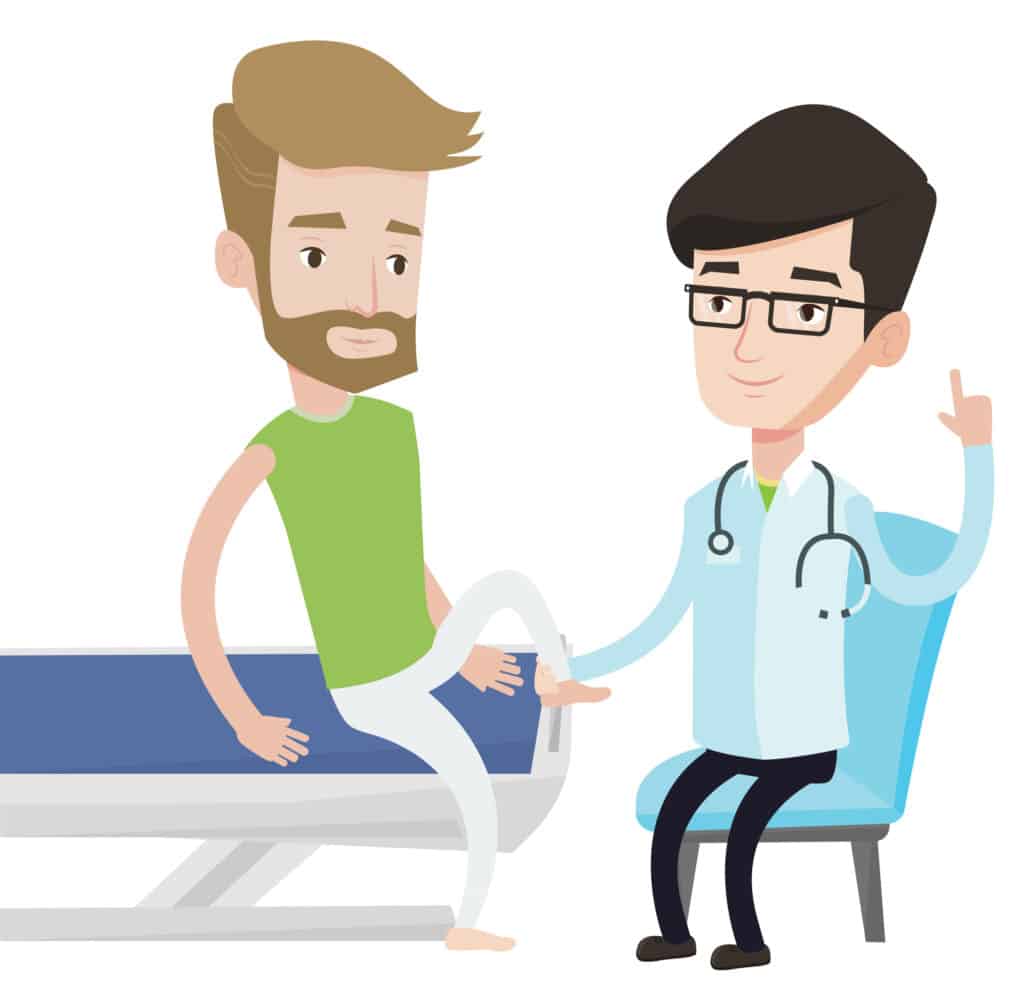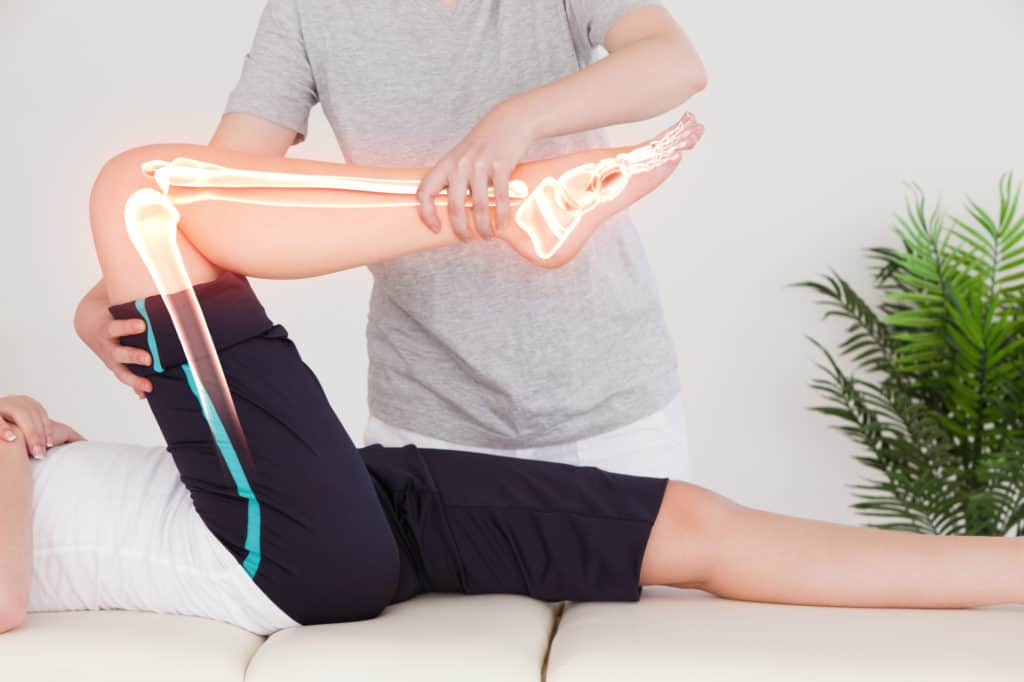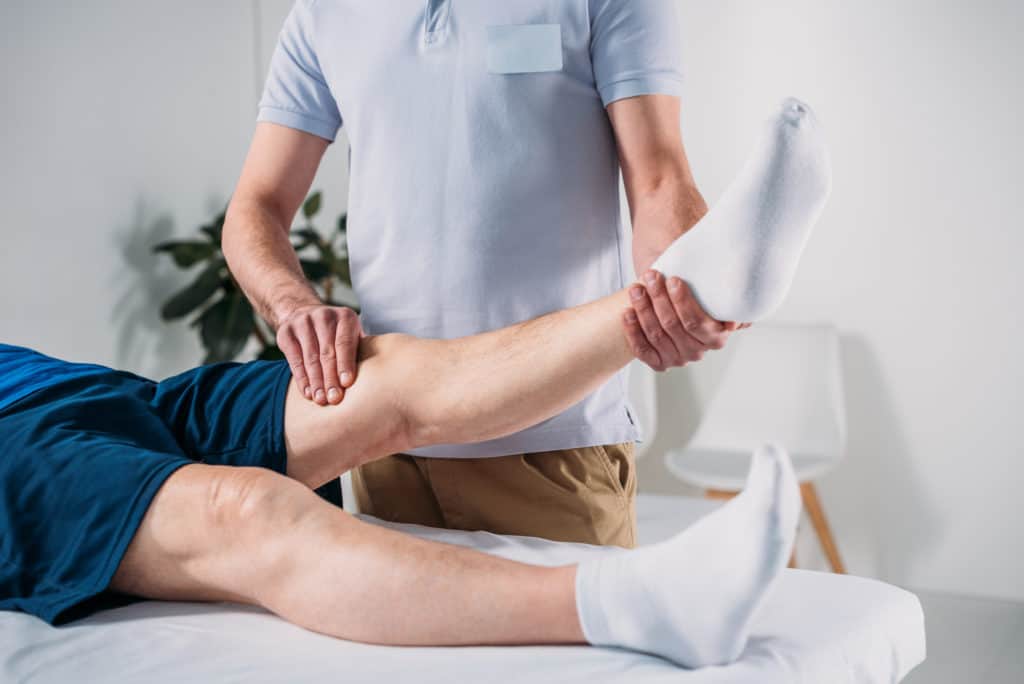
This is a popular question. Many patients want to check what type of education and professional certification is required before booking an appointment with a Physical Therapist. They want confirmation that we’re fit to practice and know what we’re talking about. But most importantly, they want to know that we can help them get out of pain.
In the same way, as you select Physicians and other medical specialists, you don’t want to trust your healthcare to just anyone. You wouldn’t have your teeth pulled by a dentist without certification or have your appendix removed by a surgeon who taught themselves on YouTube, right? Of course not.
Anyway, you might be surprised at how rigorous the training is and how much study is done before students are free to practice as a Doctor of Physical Therapy here in the states compared to other countries.
As an American citizen, you’re in safe hands. A Doctor of Physical Therapy in America is different from elsewhere in the world. Physical Therapists must obtain an undergraduate college degree in the US – taking three years. This first degree is proceeded by a Doctor of Physical Therapy degree, which takes a further three years of specialist study and clinical practice. Then we’re required to pass the national state licensure exam. Only then are we free to practice and gain insurance.
In much the same way as Physicians. Licensed Physical Therapists who complete the Doctor of Physical Therapy degree and pass the licensure exam often complete further training. Choosing to do a residency or fellowship program to widen their knowledge, escalate their level of expertise, and fine-tune their professional practice. So, in the US, Physical Therapists are required to study for a total of more than seven years before they’re allowed to practice.
In other parts of the world, such as the UK – Physical Therapists or Physiotherapists, as as they call them in the United Kingdom, are only required to complete a standard, 3-year university degree. In Australia, it’s a four-year bachelor’s degree or one of their five-year dual degrees – that offers a slight competitive advantage when he comes to applying for jobs.
There are many talented Physical Therapists around the world, no doubt. But when you compare the entry requirements to the US.
It’s clear to see that the level of education and certification that American Physical Therapists require and the subsequent care they’re able to provide makes them some of the best in the world.
Due to their in-depth training, they have a much greater understanding of advanced science: cellular histology, pathology and behavioral science and cardio, pulmonary, endocrine, and metabolic function, which makes their title of Doctor of Physical Therapy much more appropriate than the Physiotherapist title used in the UK and Ireland and other parts of the world.
However, to avoid confusion with medical Physicians or Surgeons, we do not prefix our names with “Dr” or “Doctor.” Instead, we use our names followed by DPT, which means Doctor of Physical Therapy.
What Is a Doctor of Physical Therapy?

According to APTA, the American Physical Therapy Association:
“Physical therapists are movement experts who improve quality of life through prescribed exercise, hands-on care, and patient education.
Physical therapists diagnose and treat individuals of all ages, from newborns to people at the end of life. Many patients have injuries, disabilities, or other health conditions that need treatment. But PTs also care for people who want to become healthier and to prevent future problems.”
What Do Doctors of Physical Therapy Do?

At Intecore Physical Therapy, our Doctors of Physical Therapy help people stay active, fit, and free from painkillers – even if you’ve had pain for years. We treat back pain, neck pain, knee pain, foot & ankle pain, sports injuries, and many other musculoskeletal and chronic pain conditions.
How do we do that?
When you visit Intecore Physical Therapy – and our outpatient orthopedic and sports medicine rehabilitation center; you consult with a Senior Doctor of Physical Therapy and licensed professional with over 20 years of clinical practice and evidence-based experience in Orthopaedic Physical Therapy, Sports Training & Rehab, preventative therapy, biomechanics, and neuroscience. A good physical therapist is good value for money. When you choose a good one, you can rest assured that we find the problem quickly and help fix the issues as swiftly and efficiently as possible.
The universal appeal of Physical Therapy is that we don’t rely on painkillers and medication. We do things naturally and aim to get you out of pain and your body functioning well again without unnecessary medical intervention.
We focus on utilizing the skills of our Doctors of Physical Therapy and a personalized rehabilitation program. We combine this philosophy with proactive patient education and the healing capacity of your own body to get you back to your active life.
We’re passionate about his because we know that too many patients unnecessarily suffer because they get bad advice. Physicians tell them to rest and take it easy, so they sit on the couch in front of Netflix for six weeks. This strategy only makes pain and stiffness worse.
At the same time, they give them a prescription for powerful painkillers and NSAID’s that negatively affect their stomach lining and gut health.
At Intecore Physical Therapy, we’re different.
So, whether you need pre-operative or post-operative therapy, preventative therapy for arthritis and other degenerative diseases, or you have a work-related injury, you get the highest quality of care. Everyone who comes into our clinic is an individual, not just a patient.
Most consultations begin with a free Telephone Consultation or one of our taster session Discovery Visits. These complimentary consultations help you determine whether Physical Therapy at Intecore Physical Therapy is right for you. Then, suppose you decide to go ahead with Physical Therapy treatment.
In that case, we conduct a thorough evaluation, including taking your complete medical history. Leaving no stone unturned, we ask questions about your current condition and analyze your pain points, movement patterns, and mobility.
We test your strength and gauge your range of motion. We assess your balance and neurological function. Palpate sore spots to find the true source and identify the root cause of your pain (which may be different from the pain you’re presenting with). Following the evaluation, we devise an individualized treatment plan to help get you out of pain fast and restore your functional mobility.
Imagine getting out of bed in the morning without pain or stiffness?
– being able to bend over and pick things up without back pain?
What about running up and down the field?
– how long has it been since you played sports?

Your treatment plan will include several non-surgical methods to reduce pain, improve flexibility and mobility and get you back to performing well and firing on all cylinders. You can get back in the gym, play with your grandkids or wake up in the morning with a spring in your step and no more pain.
Treatment times depend on the severity of your pain and how long you’ve been experiencing problems. It may take a little more time to fix if it’s a chronic problem than something that has just occurred. So, don’t put off getting treatment.
But most patients experience some degree of relief from chronic pain and discomfort even after the first session – with benefits increasing over time.
Perhaps even better than that, though, our patients leave happy.
They’re relieved that they’ve finally found someone they can trust.
To help them overcome their physical restrictions and current limitations.
But most of all, they love coming to see us because we’re a family-friendly, patient-centric clinic.
Treatment sessions are varied – dependent on your specific pain complaint. But most sessions involve a combination of therapeutic exercise, massage and soft tissue manipulation, and myofascial release techniques. But they may also include Pilates, strength or cardiovascular training, electrostimulation, heat therapy, or ultrasound. Every treatment plan is different.
If you have knee pain, specifically, we may even use Knee Kinesiography using the KneeKG™ system. This revolutionary 3D assessment is like having an electrocardiogram on your heart. Except we’re assessing the movement of your knee instead to find the source of your pain. It only takes 15 minutes. But it helps us accurately determine what’s causing your pain, so we can take steps to fix it, get you out of pain and back on the sports field or in the gym.
Would you like to arrange a Free Telephone Consultation with a Doctor of Physical Therapy? Just complete this form, and we’ll arrange it for you. We also offer all new patients the opportunity to visit our outpatient orthopedic and sports medicine rehabilitation center, if you prefer?
If you’re not ready for a consultation but would like to read more about Physical Therapy. Learn about the services we offer at Intecore Physical Therapy and how we help people just like you get out of pain. Watch this quick 1-minute video with Doctor of Physical Therapy and Owner Andrew Vertson. Or download our free report on The Top 51 Frequently Asked Questions of Physical Therapy.
- How to Stop Leg Cramps: 7 Proven Ways to Get Quick Relief - July 1, 2025
- 6 Ways to Prevent Arthritis and Stay Pain-Free - June 2, 2025
- Is Cracking Your Back Harmful? What You Need to Know - May 6, 2025










